More from BAMACCEE on YouTube
View this complete post...Archive for the ‘National’ Category
Infra In Education: Video Projects Capture America’s Infrastructure
Wednesday, April 13th, 2011A Requiem for “High-Speed Rail”
Tuesday, April 12th, 2011In the interest of maintaining some balance and perspective on what the Administration proudly calls “President Obama’s bold vision for a national high-speed rail network” we have tried to offer our readers a range of different points of view. It is in this spirit that we present below two commentaries. The first contribution is by Matt Dellinger, author of the highly praised book, “Interstate 69: The Unfinished History of the Last Great American Highway” and a frequent contributor on transportation topics to the progressive website, Transportation Nation. The second contribution is by Ron Utt, Senior Research Fellow at the conservative Heritage Foundation, whose analyses of transportation policy have been a longstanding feature of that Foundation’s work.
View this complete post...Deteriorating Subway Station in Brooklyn
Monday, April 11th, 2011Looking at these pictures, it’s hard to believe it’s the United States of America, much less New York City. Unfortunately, it is just one of the many deteriorating subway stations in Brooklyn, a borough of New York City. I know because I live there. – Kwokmanchung on YouTube
View this complete post...U.S. Infrastructure: Ignore the Need or Retake the Lead?
Monday, April 11th, 2011AECOM
Aging and decaying U.S. highways, bridges and public works require urgent attention. A growing population is placing increasing demand for improved transportation networks and public services. However, U.S. infrastructure funding continues to fall short as local, state and federal budget deficits constrain necessary investments. The consequences of underinvestment in these vital systems are dire, affecting the United States’ global standing as a leader in economic growth, productivity, competitiveness, capital inflow, job creation, sustainability and lifestyle.
A Fraction of the Jobs: A Case Study of the Job Creation Impact of Completed Coal-Fired Power Plants between 2005 and 2009
Friday, April 8th, 2011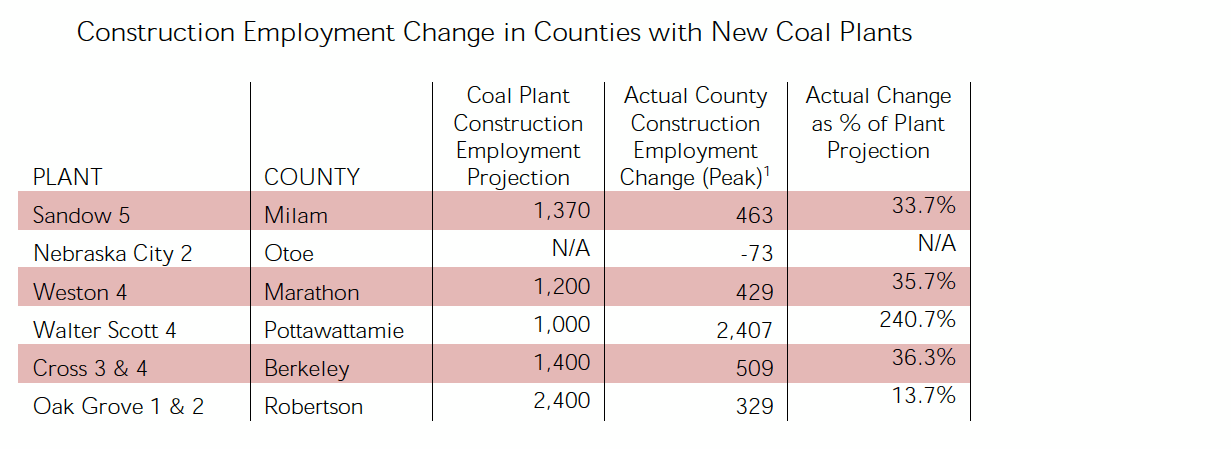
THE OCHS CENTER FOR METROPOLITAN STUDIES
Proponents of coal-burning power plants have suggested that the counties where they are located can reap an economic windfall through construction and permanent jobs. Their case is largely based on an economic modeling process that often relies on assumptions that are established with a high degree of uncertainty. Very few communities evaluate after the fact whether actual jobs were created.
Building on Innovation: The Significance of Anchor Institutions in a New Era of City Building
Thursday, April 7th, 2011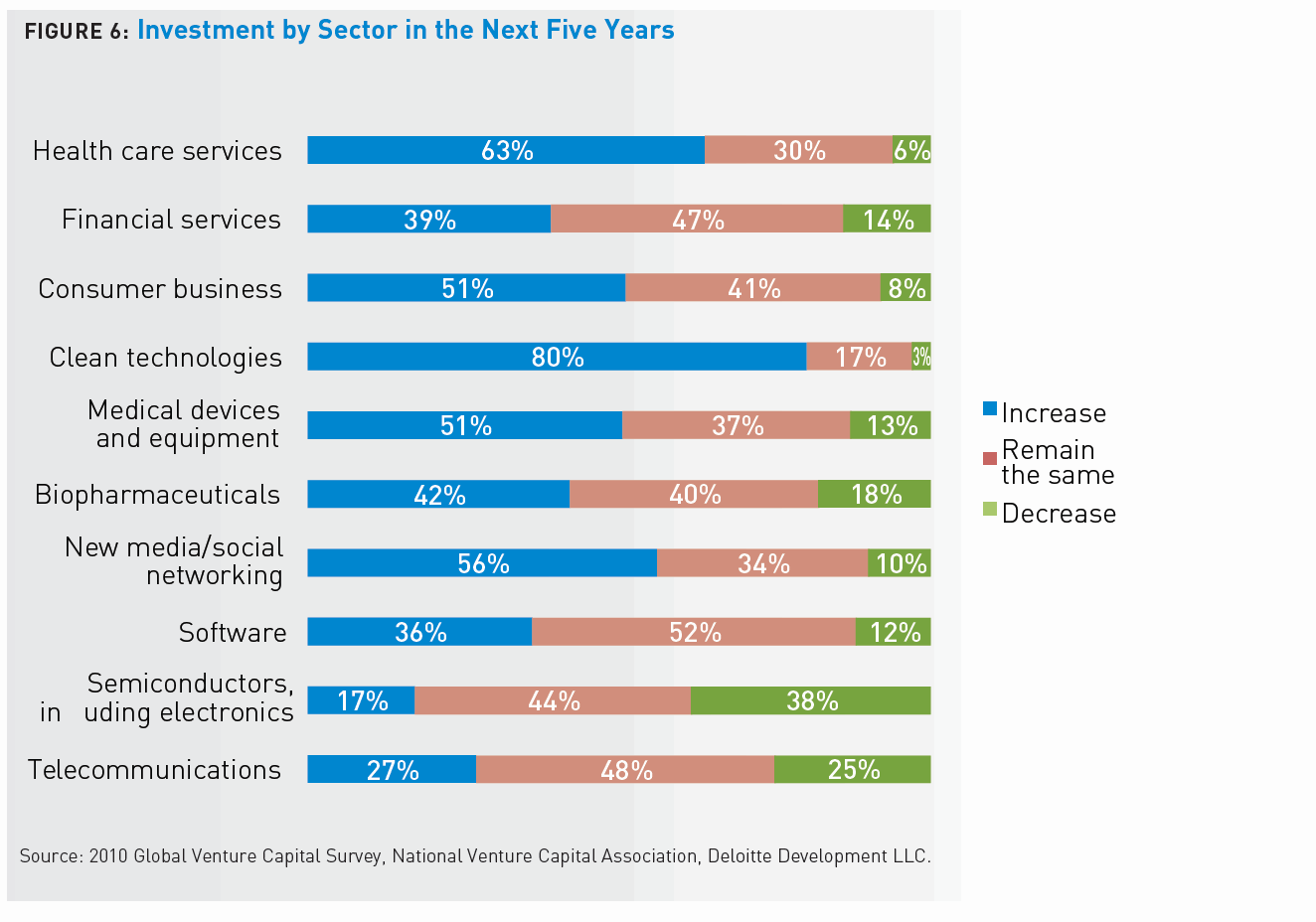
URBAN LAND INSTITUTE
The innovation economy is sweeping away the old rules of city building in the United States and “anchor institutions”—research hospitals and universities—have become one of the primary drivers of this community-based change. At one time, companies could operate independently of community development factors, make industry-based acquisitions or mergers, forgo partnerships with the public sector, and forge their independent path to thriving business and enterprise value. Today, the technology and information economy has created a tempo of quick-speed change and public/ private community interdependencies that have grown so great they have generated a new paradigm of local economic development and city building.
The Federal Transportation Program and the New Budget Realities
Thursday, April 7th, 2011As Budget Committee chairman Paul Ryan is fond of saying, the debate in Congress has changed from how much we should spend to how much spending we should cut. The April 5 release of his proposed FY 2012 Budget Resolution, subtitled “The Path to Prosperity,” testifies to this new resolve. The New York Times’ David Brooks calls Ryan’s report “the most comprehensive and most courageous budget reform proposal any of us have seen in our lifetimes.” Although the Budget Resolution nominally addresses the FY 2012 budget, its message is likely to resound and influence the debate about fiscal policy and the role of the federal government in the U.S. economy long into the future.
View this complete post...The High Cost of Nuclear Power: Why America Should Choose a Clean Energy Future Over New Nuclear Reactors
Wednesday, April 6th, 2011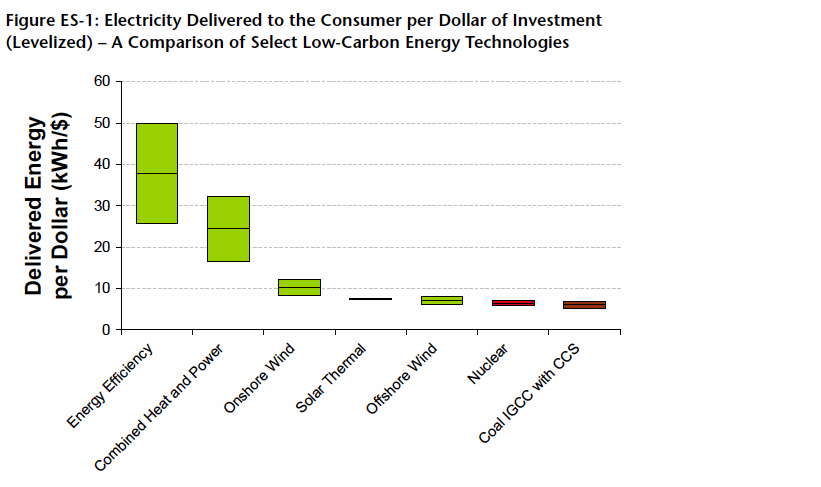
U.S. PIRG
Nuclear power is among the most costly approaches to solving America’s energy problems. Per dollar of investment, clean energy solutions – such as energy efficiency and renewable resources – deliver far more energy than nuclear power. This fact has important implications for America’s energy policy. By directing resources toward the most cost-effective solutions, we can make greater progress toward a secure, reliable and safe supply of electricity to power America’s economy.
Guest on The Infra Blog: Hon. Steve Israel, U.S. Congressman, Long Island
Monday, April 4th, 2011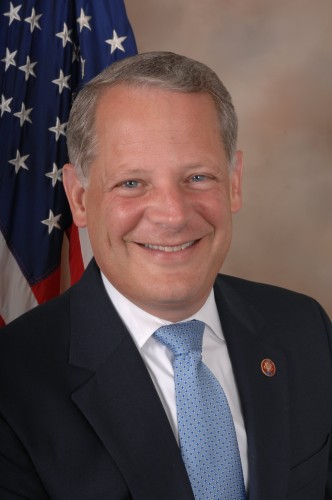
Steven C.F. Anderson, Managing Director, InfrastructureUSA, spoke with Hon. Steve Israel at Banking on the Future, a conference presented by Manhattan Borough President Scott M. Stringer, in cooperation with Bernard L. Schwartz, Congressman Steve Israel and the Steven L. Newman Real Estate Institute. The event took place on March 14th, at the William and Anita […]
View this complete post...From Checkbook Campaigns to Civic Coalitions: Lessons from the Passage of Prop A
Monday, April 4th, 2011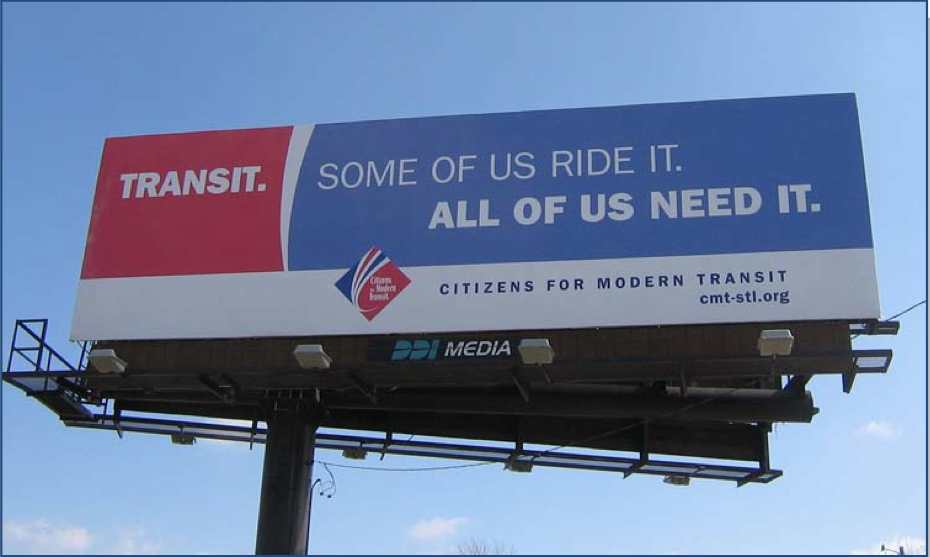
PUBLIC POLICY RESEARCH CENTER, UNIVERSITY OF MISSOURI–ST. LOUIS
On April 6, 2010 the voters of St. Louis County approved a tax increase for transit with a surprising 63 percent majority. The 1⁄2 cent sales tax now raises about $75 million a year to maintain the bus system and expand light rail. Seventeen months earlier a similar initiative had lost with 48 percent of the vote. With the economy in a recession in 2010, unemployment high, and the anti- tax Tea Party movement rising around the nation, the huge majority for Prop A was startling. In this paper we try to explain the success of Prop A and tease out the lessons for future tax initiative campaigns and civic coalitions.
Follow InfrastructureUSA
CATEGORIES
- Accountability (219)
- Aging Infrastructure (757)
- Aviation (130)
- Biking (324)
- Bipartisan (271)
- Bridges (493)
- Broadband (57)
- Buses (160)
- Carbon Tax (22)
- Clean Air (182)
- Climate Change (200)
- Competitiveness (230)
- Congestion (327)
- Dams (77)
- Democrat (123)
- Drinking Water (192)
- Economic Stimulus (276)
- Employment (207)
- Energy (585)
- Environment (615)
- Equity (239)
- Funding (888)
- Global (205)
- Great American Infrastructure (33)
- Green (295)
- Guests on The Infra Blog (289)
- Hazardous Waste (27)
- High Speed Rail (224)
- Highway (785)
- Inland Waterways (204)
- Jobs (251)
- Land Use (99)
- LEED (28)
- Levees (42)
- Local (1,910)
- National (1,526)
- Policy (1,121)
- Pollution (215)
- Private Investment (213)
- Public Opinion (189)
- Public Parks & Recreation (198)
- Public Transportation (1,028)
- Racism (6)
- Rail (504)
- Recession (65)
- Recovery (218)
- Republican (109)
- Roads (1,120)
- Schools (81)
- Seaports (69)
- Smart Grid (98)
- Smart Growth (442)
- Solid Waste (26)
- Sustainability (765)
- Tax (112)
- Technology (397)
- Telecommunications (46)
- Transit (1,333)
- Urban Planning (982)
- Wastewater (182)
- Water Treatment (167)
Video, stills and tales. Share images of the Infra in your community that demands attention. Post your ideas about national Infra issues. Go ahead. Show Us Your Infra! Upload and instantly share your message.
Is the administration moving fast enough on Infra issues? Are Americans prepared to pay more taxes for repairs? Should job creation be the guiding determination? Vote now!
What do the experts think? This is where the nation's public policy organizations, trade associations and think tanks weigh in with analysis on Infra issues. Tell them what you think. Ask questions. Share a different view.
The Infra Blog offers cutting edge perspective on a broad spectrum of Infra topics. Frequent updates and provocative posts highlight hot button topics -- essential ingredients of a national Infra dialogue.
Dear Friends,
It is encouraging to finally see clear signs of federal action to support a comprehensive US infrastructure investment plan.
Now more than ever, our advocacy is needed to keep stakeholders informed and connected, and to hold politicians to their promises to finally fix our nation’s ailing infrastructure.
We have already engaged nearly 280,000 users, and hoping to add many more as interest continues to grow.
We require your support in order to rise to this occasion, to make the most of this opportunity. Please consider making a tax-deductible donation to InfrastructureUSA.org.
Steve Anderson
Managing Director
SteveAnderson@InfrastructureUSA.org
917-940-7125
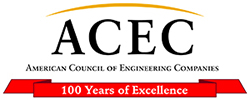
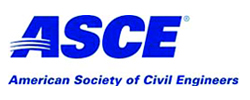






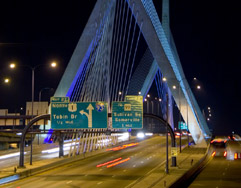
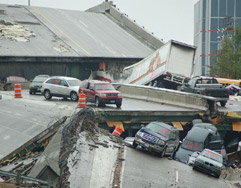
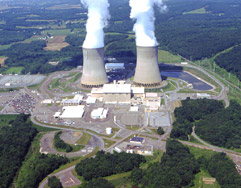
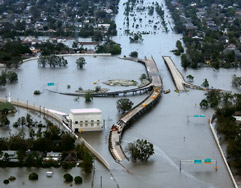

 RSS Feed
RSS Feed